





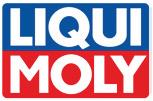
PERFECTING THE DETAILS
Andrew Marcotte, vice president of American Pride Automotive, is always looking for ways to improve communication and efficiency, especially when it comes to internal exchanges regarding DVIs.








PERFECTING THE DETAILS
Andrew Marcotte, vice president of American Pride Automotive, is always looking for ways to improve communication and efficiency, especially when it comes to internal exchanges regarding DVIs.
IDENTIFYING VEHICLE OPPORTUNITIES AND CONVERTING THEM INTO SALES PAGE 20
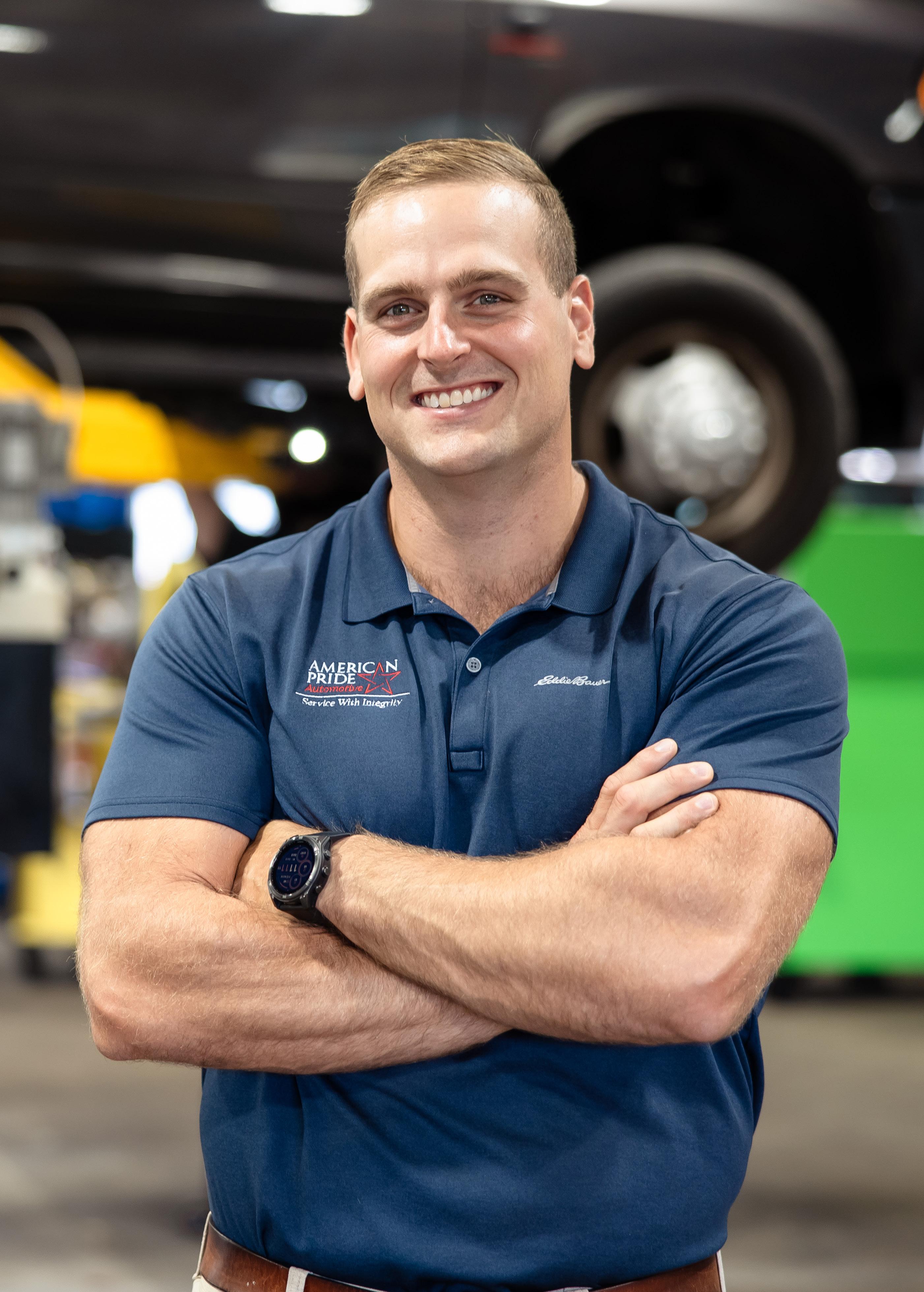





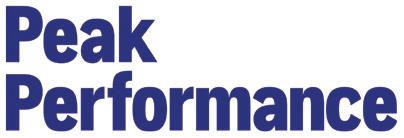

PROimage Co-Branding Program
4-Star











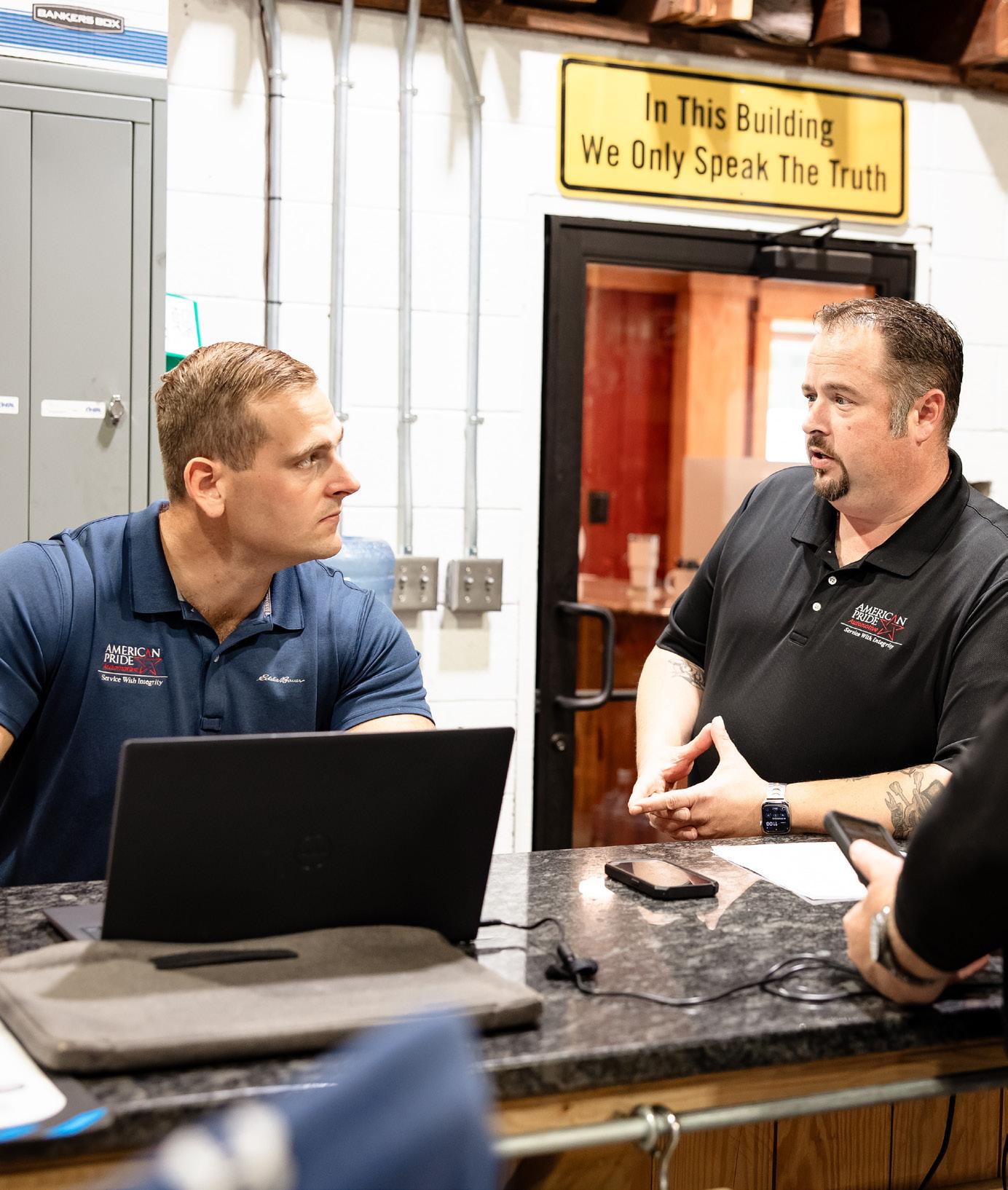
A look at how skilled technicians identify vehicle opportunities and how their front-of-house counterparts convert those into sales
Ensure your front and back of the house are in sync in identifying opportunities and communicating them to customers by developing a repeatable process that delivers accurate information every time. Two shops break down how they transfer information from one department to another and onto the customer with flawless precision.
BY CHRISTINE SCHAFFRAN
New columns focus on taking care of employees to address addiction in the workplace and investing in new technology for the new year. Plus: Ratchet+Wrench Management Conference closing keynote Dave Brown addresses how to conquer your fear of public speaking in a podcast episode.
ACA members, Tennessee state reps discuss Right-toRepair legislation
The number of bays needed to maximize revenue
Ending a relationship with a
SOPs: My frenemy and your training lifesaver KATHLEEN CALLAHAN
Choose the right shop management system
Finding your ideal customer
Use your shop’s strengths to capitalize on a shift in the industry DUTCH SILVERSTEIN




PREPARE FOR AND PASS YOUR ASE CERTIFICATION

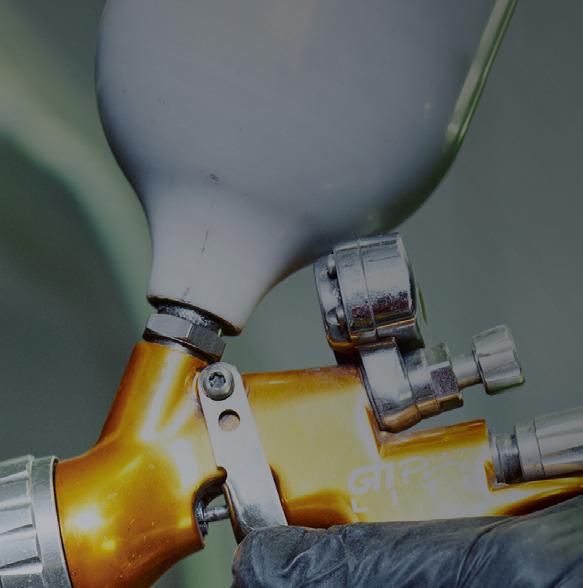









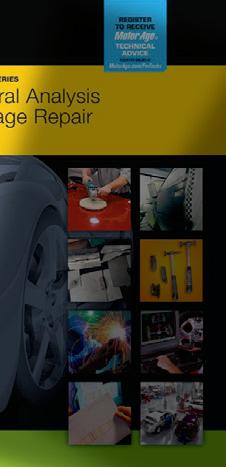

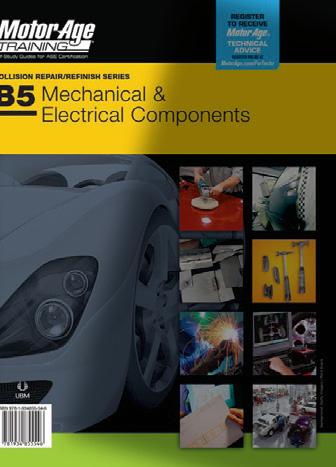

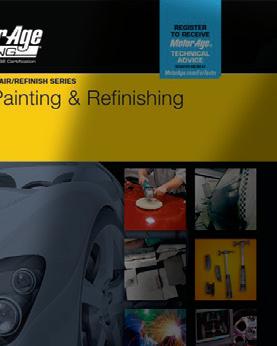
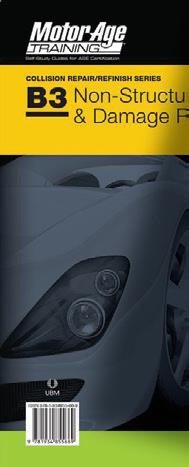













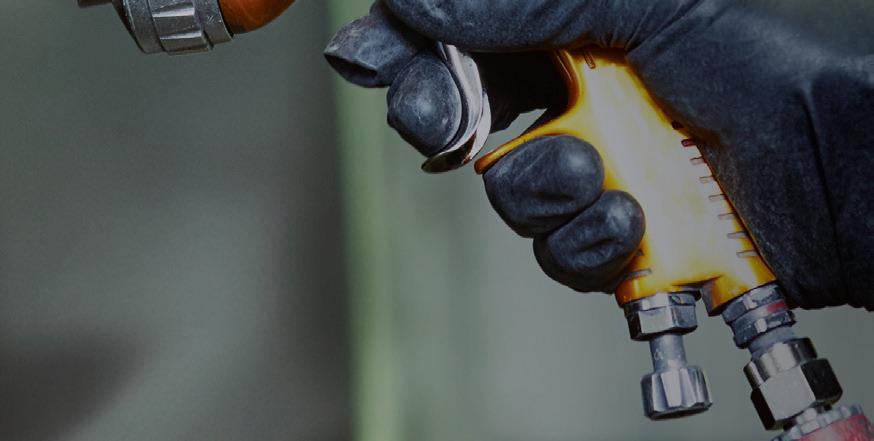


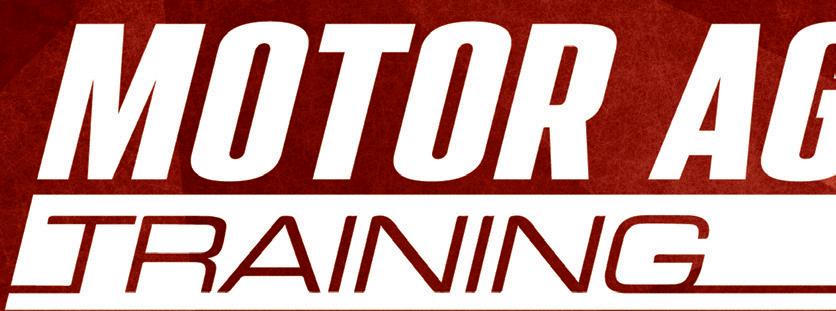

Motor Age Training offers the most complete and extensive collection of B-Series Collision Repair training guides available anywhere!
B2 - Paint & Refinishing Certification
B3 - Non-Structural Analysis & Damage Repair
B4 - Structural Analysis & Damage Repair


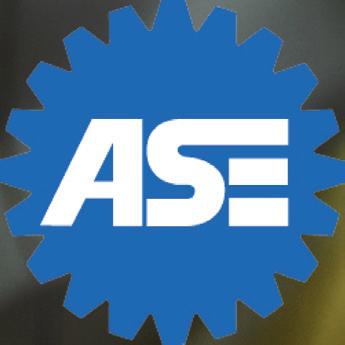



THANKS TO OUR TRAINING SUPPORTERS


B5 - Mechanical & Electrical Components Certification
B6 - Damage Analysis & Estimating Certification
*training guides available in a variety of formats






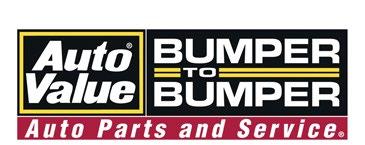
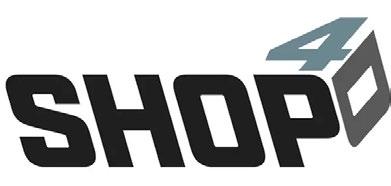

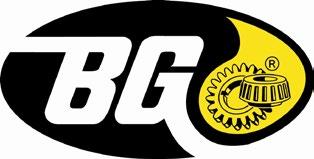


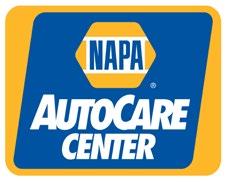




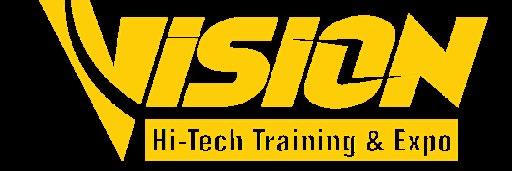




BUNCH: We Interrupt This Broadcast … Please Read Taking care of your employees goes beyond the shop floor. Greg Bunch highlights the devastating impact of drug and alcohol addiction on auto shop owners and employees, emphasizing the importance of awareness, compassion, and proactive leadership to support those struggling and prevent tragedies.
SAELI: Preparing Your Team for the New Year
Focusing on the importance of continuous staff training, Jim Saeli explains how investing in technician, advisor, and leadership development can help auto shops adapt to evolving technologies like EVs and ADAS. His most recent column provides strategies for creating targeted training plans, fostering a culture of learning, and overcoming common obstacles to growth.

PODCAST: Conquering Your Fear of Speaking: From One-on-Ones to Keynotes Leadership Communication Coach Dave Brown shares practical strategies to build confidence, overcome imposter syndrome, and strengthen your voice as a shop owner. He reveals why every conversation is essentially a public speaking event whether it’s delivering difficult news to a customer, conducting one-on-one meetings with employees, or presenting to a group.
EDITORIAL
EDITORIAL DIRECTOR
Chris Jones
EDITOR-IN-CHIEF
Christine Schaffran
EDITOR
ASSISTANT
Kacey Frederick
CONTRIBUTING WRITERS
Tess Owings, Leona Scott, Alison Johnson
EDITORIAL ADVISORY BOARD
Tara Topel, Topel’s Towing and Repair
Andrew Marcotte, American Pride Automotive
J.J. Mont, J.J.’s Auto Service
Rachel Spencer, Spencer’s Auto Repair
Tonnika Haynes, Brown’s Automotive
Lucas Underwood, L&N Performance Auto Repair
SALES
PUBLISHER
Andrew Johnson / ajohnson@endeavorb2b.com
ASSOCIATE SALES DIRECTOR
Mattie Gorman-Greuel / mgorman@endeavorb2b.com
DIRECTOR OF BUSINESS DEVELOPMENT
Cortni Jones / cjones@endeavorb2b.com
ACCOUNT EXECUTIVES (NATIONAL ACCOUNTS)
Diane Braden / dbraden@endeavorb2b.com
Darrell Bruggink / dbruggink@endeavorb2b.com
Marianne Dyal / mdyal@endeavorb2b.com
Chad Hjellming / chjellming@endeavorb2b.com
Lisa Mend / lmend@endeavorb2b.com
Kyle Shaw / kshaw@endeavorb2b.com
Sean Thornton / sthornton@endeavorb2b.com
ART AND PRODUCTION
ART DIRECTOR
Emme Osmonson
PRODUCTION MANAGER
Mariah Straub
AD SERVICES MANAGER
Jen George
ENDEAVOR BUSINESS MEDIA, LLC
CEO Chris Ferrell
COO
Patrick Rains
CDO
Jacquie Niemiec
CALO
Tracy Kane
CMO
Amanda Landsaw
EVP TRANSPORTATION GROUP
Chris Messer
EVP ENDEAVOR BUSINESS INTELLIGENCE
Paul Mattioli
VP OF CONTENT STRATEGY, TRANSPORTATION GROUP
Josh Fisher
SUBSCRIPTIONS
Send address changes and subscription inquiries to:
Ratchet+Wrench PO Box 3257 Northbrook, IL 60065-3257
SUBSCRIPTION CUSTOMER SERVICE: 877-382-9187 ratchetwrench@omeda.com
LETTERS TO THE EDITOR
editor@ratchetandwrench.com
RATCHET+WRENCH RADIO
Strategies and inspiration for auto care success.
Catch new episodes every Wednesday featuring thought leaders
across the automotive aftermarket.


Opinions expressed in Ratchet+Wrench are not necessarily those of Endeavor Business Media, and Endeavor Business Media does not accept responsibility for advertising content.







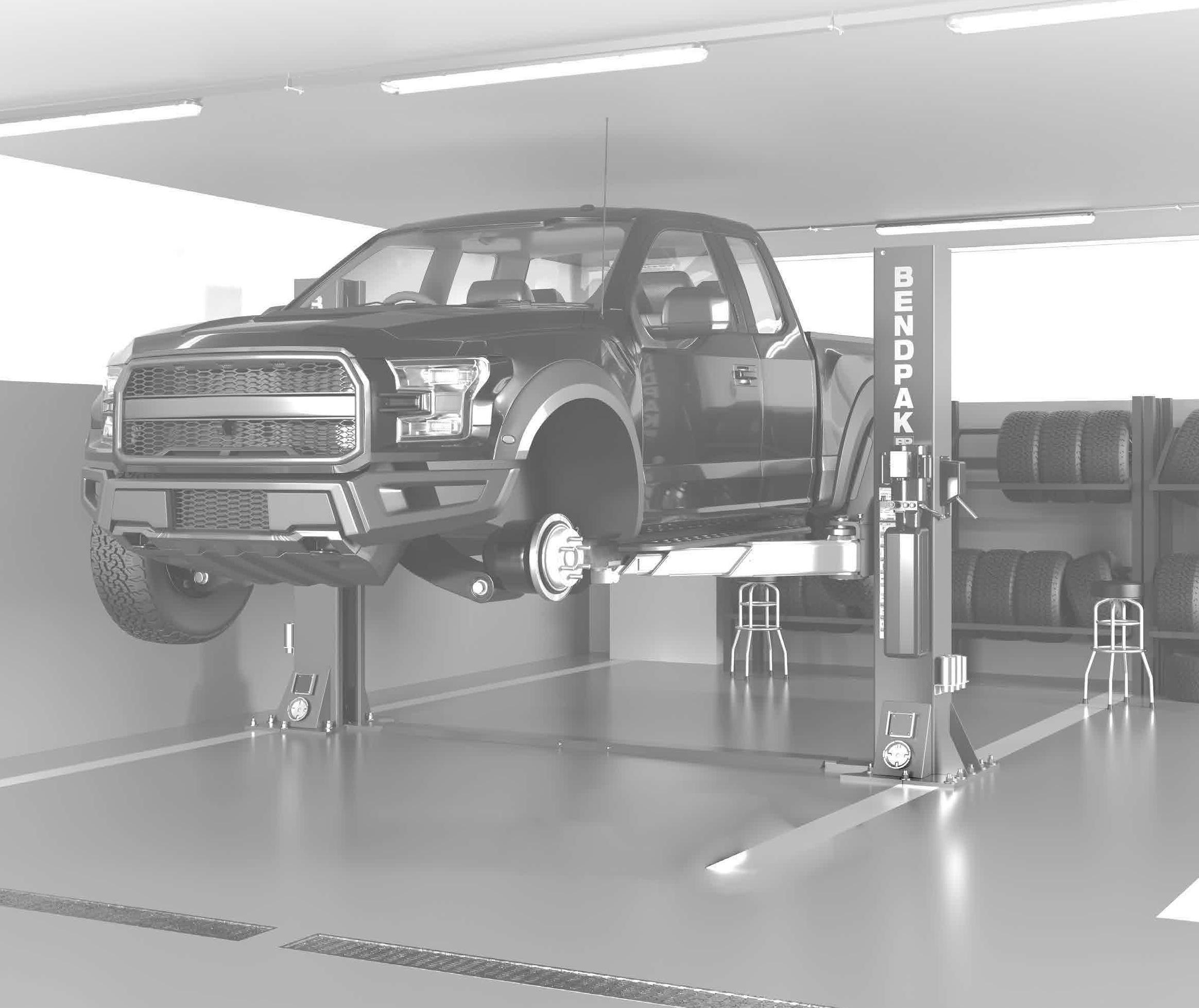



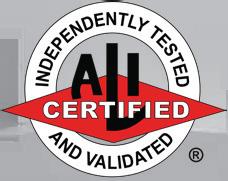




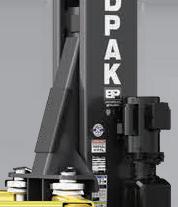
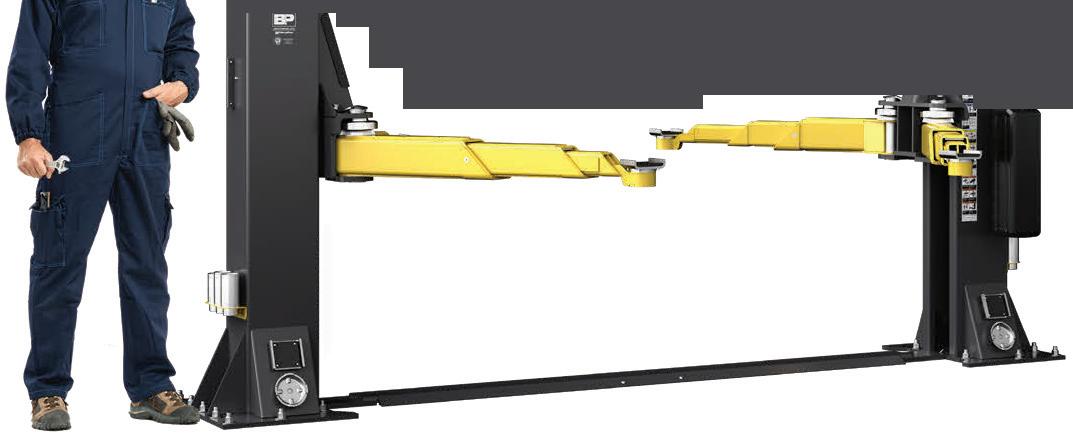






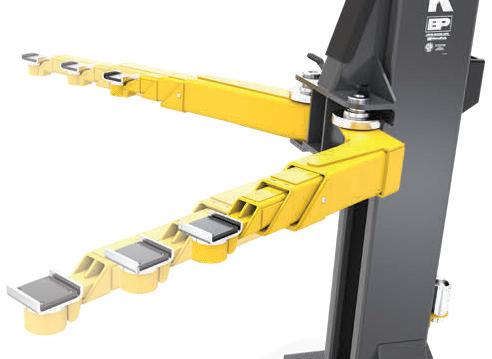











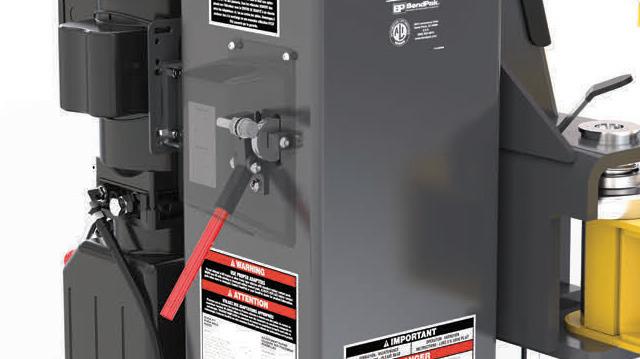
The BendPak 12AP-SRT short-rise two-post lift cost-effectively improves tire shop productivity and efficiency while mitigating risk. With 12,000 pounds rated capacity, massive wingspan that reaches most OEM lifting points, and BI-METRIC™ arms to suit virtually every vehicle lifting requirement – symmetric or asymmetric. The 12AP-SRT can raise 99 percent of cars, SUVs, and trucks to a comfortable working height much faster (and easier) than a set of jacks. Its single-point safety lock system, super-strong automatic arm restraints, and limited max lifting height of 47 inches deliver superior peace of mind. The short 93.5inch columns offer lower product, installation, and maintenance costs, plus a cleaner floorplan. Check out the full line of BendPak lifts at bendpak.com or call us at 1-800-253-2363


BY
BY CHRIS JONES
On September 18, during the Auto Care Association’s Fall Leadership Days & Legislative Summit (September 14-17), members from across the country visited their state representatives to champion right to repair. I accompanied a delegation of Auto Care Association members from (and who do business in) Tennessee for legislative visits with their state’s representatives.
Tennessee legislators visited:
• Senator Marsha Blackburn (R-TN)
• Senator Bill Hagerty (R-TN)
• Representative Steve Cohen (D-TN-9)
• Representative David Kustoff (R-TN-8)
In the four visits across eight hours, the delegation educated their state leaders and requested support for the REPAIR (Right to Equitable and Professional Auto Industry Repair) Act (H.R. 1566) and Senate Bill S1379. They chose four areas to concentrate their efforts.
The Auto Care Association delegation explained how automotive manufacturers are avoiding existing federal regulations designed to ensure aftermarket access to vehicle diagnostic information. The traditional OBD-II (On-Board Diagnostics) port, which was mandated
by federal law to provide standardized access to vehicle diagnostic data, is being bypassed in newer vehicles through wireless telematics systems that send information directly to manufacturers and dealers.
This shift means that when certain warning lights activate, consumers may be told by their local parts retailers or independent repair shops to take their vehicles to the dealership. They highlighted the economic impact of this choice and its inconvenience to the public:
• Independent repair shops charge an average of 36.2-37% less than dealerships for identical services

• Current restrictions result in approximately $3 billion in additional annual costs to consumers nationwide
• Over 60% of independent shops report having to turn away an average of five customers monthly due to the inability to access diagnostic information
• Simple repairs that could be completed quickly and affordably at independent shops now require costly dealership visits
• Dealership appointments often require 2-4 week waiting periods for routine maintenance
The delegation discussed how ADAS features rely on complex sensors that require proprietary software for calibration, and that repair shops must send vehicles back to dealerships for sensor recalibration, adding days or weeks to repair times.
The Auto Care Association members expressed frustration with automakers’ contradictory positioning regarding data handling. While automakers cite data security and privacy concerns to justify restricting repair information access, they simultaneously:
• Sell consumer driving behavior data to insurance companies, affecting premium rates based on hard braking, acceleration patterns, and speed
• Share location and usage data with third-party marketers
The delegation expressed that independent auto repair shops have no need for telematics data other than to make the repairs that their customers request to get them safely back onto the road.
In Tennessee, the automotive aftermarket
employs more workers than automotive manufacturers in an industry deemed essential by the federal government. The inability to have equal access to data means that those auto repair shops run the risk of potential closure as they lose customers unable to receive services due to diagnostic lockouts. The members argued that allowing independent auto repair shops equal data access through Right to Repair is a viable path to creating more employment opportunities for Tennesseans, as opportunities are plentiful for residents seeking careers in automotive. At the conclusion of the visits, the Auto Care Association members expressed that Maine and Massachusetts have already passed similar automotive right-to-repair legislation through ballot initiatives with overwhelming public support (approximately 88% approval rates). They asked their representatives to support the REPAIR Act to bolster the growth and health of auto repair businesses in Tennessee and to allow consumers the right to choose where their vehicle is serviced without interference or obstruction.
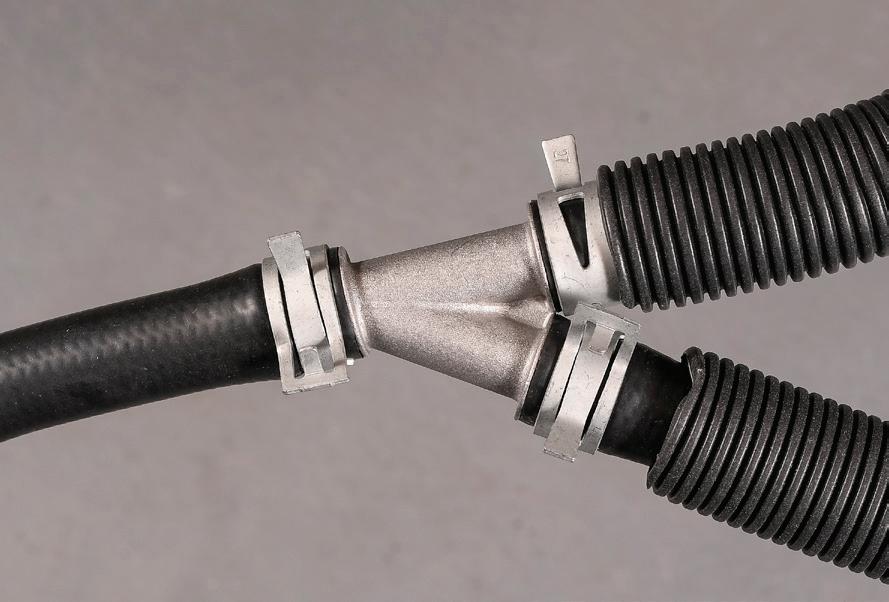









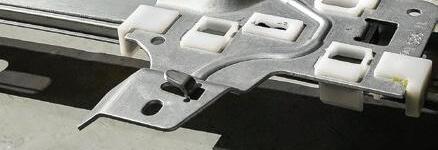





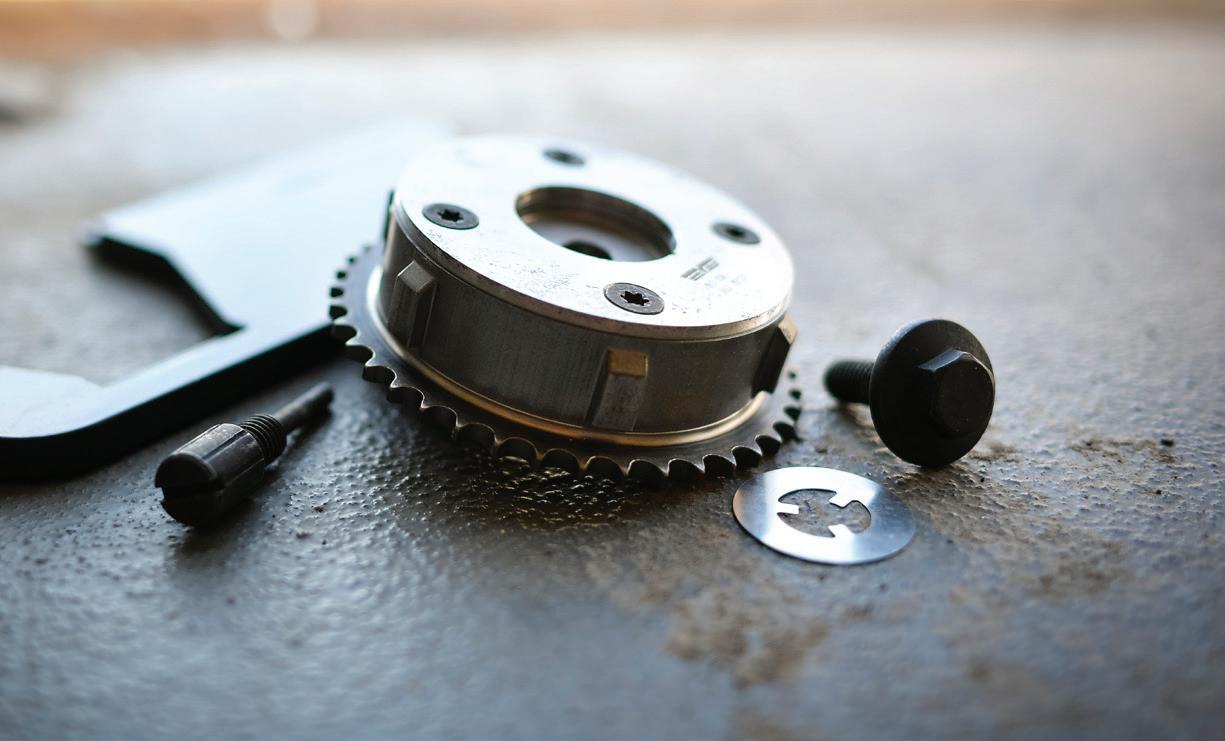
Dorman gives repair professionals and vehicle owners greater freedom to fix motor vehicles. For over 100 years, we have been driving new solutions for the aftermarket, releasing tens of thousands of replacement products engineered to save time and money, and increase convenience and reliability. Founded and headquartered in the United States, we are a pioneering global organization offering an always evolving catalog of parts, covering products for cars, trucks and specialty vehicles, from chassis to body, from underhood to undercarriage and from hardware to complex electronics.
When you see a Dorman product marked OE FIX®, that means it’s designed to offer a better repair solution than the OEM. Dorman is dedicated to these innovative products, which are in turn dedicated to the hardworking men and women of the auto repair industry. Scan to learn more or visit
Optimize Digital Marketing has announced a new partnership with AutoOps in a recent press release.
The partnership allows customers to book appointments directly through Google, shop websites, or after-hours calls. It also offers features like declined service upsell and post-visit communication.
ODM will handle website integration, while AutoOps will provide dedicated product support.
for Automotive Maintenance Basics Workshop
An auto repair shop in Gainesville, Florida, recently partnered with a local nonprofit to host a car maintenance workshop, reports The Gainesville Sun.
The Oct. 4 event marked the second year of partnership between nonprofit Dream on
Purpose and City Auto Repair. It’s part of Dream on Purpose’s “Cupcakes and Conversations” series, which teaches girls ages 11 through 18 about life skills and personal development practices.
Participants at the latest workshop learned about auto maintenance essentials, including how to check fluids and tire pressure and how to change a spare tire.
The National Institute for Automotive Service Excellence and the Automotive Aftermarket Charitable Foundation have announced a new partnership designed to expand support for ASE Certified professionals and their families facing unexpected hardships, according to a press release.
The initiative has been launched under the theme “Support Beyond Certification,” and will include coordinated communications to ASE Certified professionals, raising awareness of AACF’s services and resources.
Joint initiatives will feature co-branded campaigns, social media outreach, and integration of AACF information into ASE certification and recertification touchpoints. ASE will also join AACF in supporting key events during AAPEX/SEMA Week.
NAPA has launched a free merch collection in partnership with Dickies targeted to Gen-Z technicians, as shared in a press release.
The initiative, called TradeWear, was designed in collaboration with illustrator and designer Stephen Bliss.
With Bliss’ work in video game artwork, the designs are inspired by automotive and racing games, which NAPA found was one of the biggest influences for the current generation of trade school students.
The free collection is now available online while supplies last.

Highlighting the balance between maximizing revenue and maintaining workflow
From workflow to safety to staffing, the number of bays in your shop plays an important role. With so many variables relying on them, it’s important to know how many are needed to maximize revenue. While there is no right or wrong answer, consider that there is a sweet spot between maximizing floor space and revenue while balancing productivity and workflow. The 2025 Ratchet+Wrench Industry Survey Report shares the number of bays respondents are working with to ensure efficiency and profitability.



Stephane Grabina, president of Excluservice, tells how he handled the process and shares advice for others
BY KACEY FREDERICK, STEPHANE GRABINA
Stephane Grabina, president of Excluservice in North Bethesda, Maryland, has been through the process of splitting up with a business partner—and his experience is proof it doesn’t have to be messy. In a conversation with Ratchet+Wrench, he broke down the steps he took to satisfy both parties and how to move forward after it’s over.
My partner was a silent one, meaning he never had to be in the office. He had recouped his investment and then some by year seven, which is when COVID hit. Afterwards, he became skittish about investing and contributing any more money. His first reaction was to shut the business down, and I said, “Wait a minute.”
At that time, I had heard about the loans that the federal government was going to put out that would pay for labor. So, I said, “I think we’ll be all right.

We’ll get these loans, they’ll get forgiven, and we’ll move on.” He saw money in the bank, since we had all those loans—but he didn’t really understand the business aspect of it. I probably should have done a better job of having more meetings and communicating with him, “Yes, we have all this money; but it’s not ours. This is going to pay for payroll for this amount of time, and we have to pay this loan back.”
Between his paycheck and my paycheck, we were bleeding money, and so we had to make a decision. I said, “Hey,
I’d like to buy you out; or you buy me out. But either way, we can’t both stay on payroll and survive.” His initial reaction was a little aggressive—but when he called our accountants and they confirmed what I was saying, then he understood.
The most important thing is to figure out what’s important to the other person. And sometimes it’s difficult to figure that out. A lot of folks would reply with “money.” But what do you want to do with it? And some people aren’t always open about that. Maybe they want a boat. So, what if I financed the boat for them, or bought it outright? You have to figure out what they want and then solve that problem. I learned that from reading “Never Split the Difference” by Chris Voss.
In the case of me and my partner, he said he didn’t want to return to public health insurance. So, I asked him to come up with a figure, and I would pay for his health insurance up to that dollar amount. And that’s what we did: I had lawyers drop another contract stating that Excluservice would buy the shares back from him, and in return, he would be paid in health insurance premiums up to the amount of $60,000.
My situation may be different from others. Some business partners may be stubborn and not understand the valuation of the business, or what all goes into running it. As the person who’s running the business, you will have that leverage. I wasn’t thinking of that at the time, but if you’re in a situation where you have a business partner who isn’t involved in the business, you do have that leverage. Because if you walk out, they’ve got a big pile of nothing that they can’t do anything with.
Nobody ever wants to acknowledge that they did anything wrong. It’s always the other guy’s fault. But when ending a relationship with a business partner, you have to figure out what went wrong—if anything did—and how you acted on that problem.
What I did wrong was that I did a poor job of communicating regular updates on how the business was doing. Part of me was ashamed that we had gotten
to a point where our overhead was that much. I waited until it just got to be too much, and at that point, it was too late. You can’t do that. You have to stay on top of it all the time.
Set up a regularly scheduled meeting and talk about every aspect of what’s going on. Sometimes your business partner may have information about something that you don’t have, or they may just be good at asking questions that will make you question your finances.
So try to communicate on a regular basis—whatever that means to you. For me, it should have been once a month. We should have had a meeting after the bookkeeper was done with the profit and loss at the end of each month to talk about the status of where we were, what we were doing to make things better, and then hold each other accountable to that.
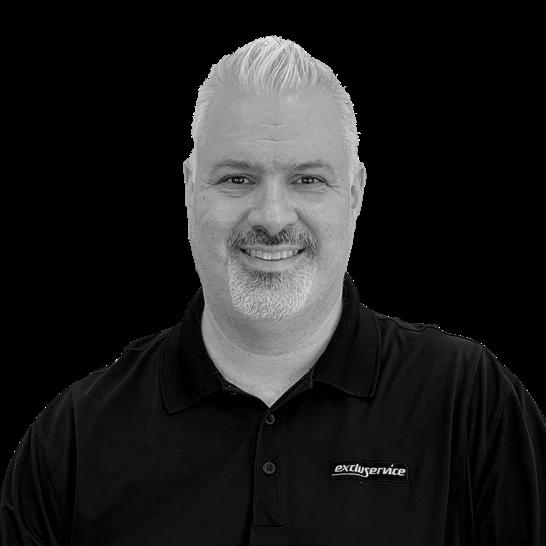
Stephane Grabina President, Excluservice
Stephane Grabina owns the very shop where he once worked. Now called Excluservice, the financial backing of a business partner made it possible for him to take the Maryland shop over from his former boss after years of working there and at a BMW dealership. Like all shop owners, Grabina has learned many lessons—one of the biggest being how to end a business partnership with both sides being satisfied. Though daunting, he’s managed to successfully navigate a process that many business owners face.
www.euro2go.us
BY KATHLEEN CALLAHAN
Have you ever hired someone new, sent them to shadow three different employees, and realized they were shown three completely different ways to do the same job? No? Then you are one of the .001% of shops like that. Feel free to stop reading and come back next month. If you said yes, then let’s walk together.
So often, training lives only in people’s heads and not on paper. This is true in many shops, causing new hires to feel overwhelmed and confused while frustrating managers when things fall through the cracks.
Introducing our best friend (and my nemesis), Standard Operating Procedures (SOPs)! I know … “procedures” don’t sound exciting, and most of the time they aren’t. But SOPs aren’t just paperwork. They’re the backbone of training that actually sticks:
Here’s why written SOPs matter:
• Create consistency. Everyone follows the same process, so the client experience stays the same no matter who is helping them.
• Establish accountability. If something goes wrong, you can determine if someone didn’t follow the SOP or if it needs updating.
• Give confidence. New staff members don’t feel like they’re guessing. They’ve got a playbook to rely on.
• Enhance client experience. Customers trust you more when your team delivers reliable, consistent service–every time.
Without SOPs, you’re basically playing a game of telephone with your training. Each person adds their spin, and by the time it reaches the new hire, things are fuzzy at best.
Training sticks when it’s repeatable (and repeated). If your onboarding only works because you personally are doing it every time, that’s not scalable or realistic. SOPs give employees something to reference long after
orientation is over, which means they retain more and require less handholding. It also means your “star” employee isn’t the only person who knows how things are done. If they’re out sick, on vacation, or move on, the shop doesn’t skip a beat.
Not all SOPs are created equal. A binder of 50-page essays isn’t helpful. No one is flipping through that during a busy day. Effective SOPs are:
• Simple. Step-by-step instructions that are easy to follow.
• Visual. Include checklists, screenshots, or diagrams where possible.
• Clear. Written in plain language. Save the technical terms for the repair orders, not the training docs.
• Collaborative. Built with input from the people who actually do the job every day.
• Up-to-date. Reviewed regularly and tweaked when processes change.
The goal is to make SOPs quick and useful, not intimidating or forgotten in a drawer.
How do SOPs fit into a shop’s day-to-day?
• New hires. Combine shadowing with SOPs so they learn both by seeing and by referencing written steps since most people in our industry are hands-on learners.
• Service advisors. Use SOPs in role-play scenarios by practicing calls, follow-ups, and explaining DVIs to clients.
• Technicians. Standardize processes like digital inspections, QC checks, or equipment use to deliver consistent output from technicians.
• Empower staff. Team members can self-correct by checking the playbook instead of waiting for a manager.
You can even use SOPs as part of your ongoing team coaching. Pull one out during

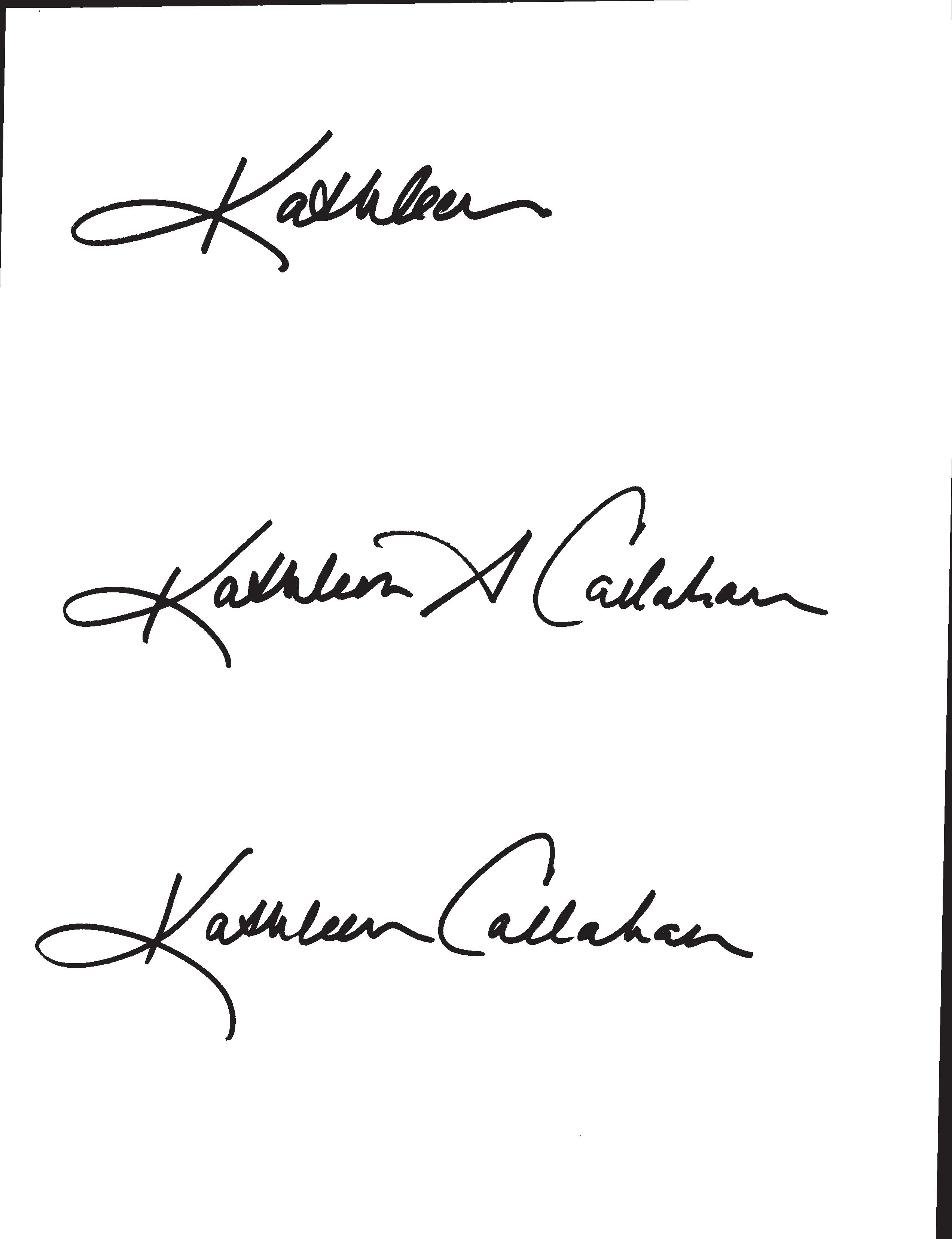
Kathleen Callahan has owned Florida’s Xpertech Auto Repair for 20 years. In 2020, she joined Repair Shop of Tomorrow as a coach to pursue her passion for developing people and creating thriving shop cultures. Callahan is the 2018 Women in Auto Care Shop Owner of the Year, nationally recognized by AAA for three consecutive years, testified for Right to Repair on Capitol Hill, and is vice chair of Women in Auto Care.
kathleencallahanfl@gmail.com
a team meeting and walk through it together. This provides an opportunity for input and buy-in from your team.
As with anything, there are a few pitfalls to avoid:
• Overcomplicating. If your process for answering the phone is 12 pages long, no one’s reading it. Make it short enough to have next to the phone.
• Letting them collect dust. If you don’t update your SOPs when something changes, they quickly lose credibility. As our industry and technology advance, so should your SOPs.
• Excluding staff. If you write SOPs without input from the people actually doing the work, they won’t get used. Let your staff shape the steps so they’ll own them and use them.
At the end of the day, SOPs make training stick. They reduce stress, create consistency, and build a stronger team. They’re not about micromanaging. They’re about giving everyone the tools to succeed.
And while they may still be my “best friend and nemesis,” here’s what I’ve learned: If it isn’t written, it isn’t happening.






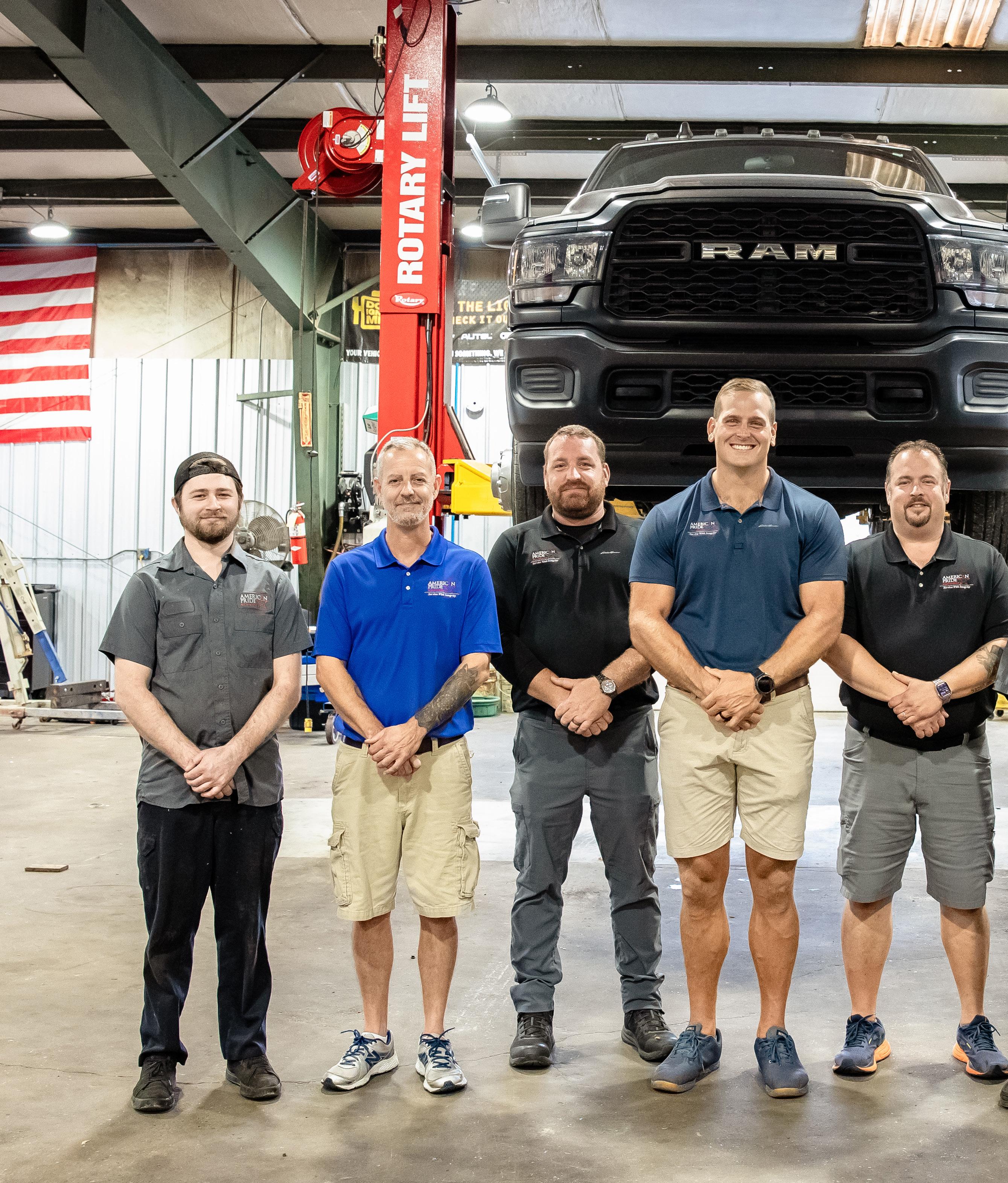
BY CHRISTINE SCHAFFRAN //
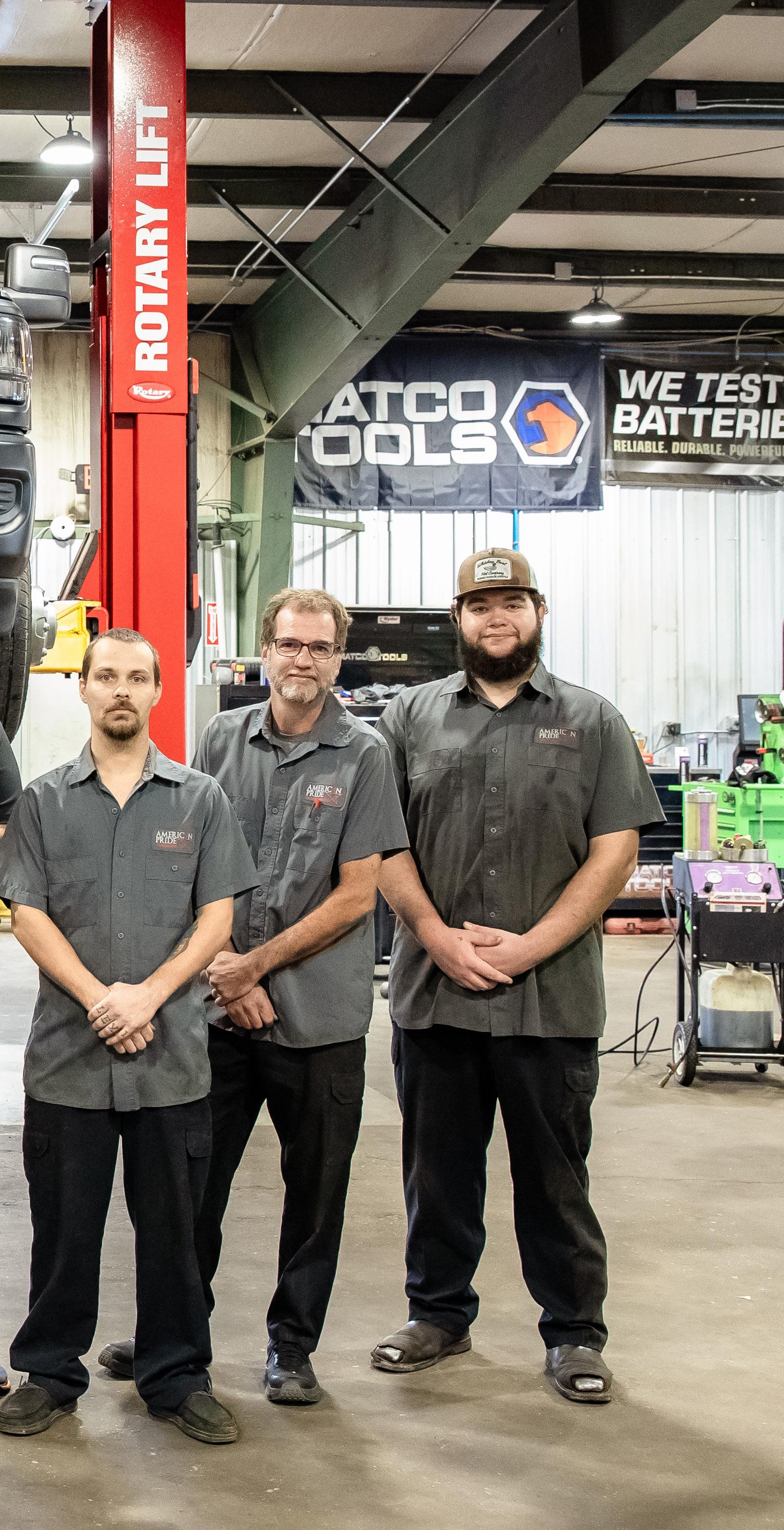
When technicians and shop advisors communicate effectively, the result is a well-rehearsed dance that provides an extensive health report of each vehicle that enters the bay. This baseline explores the good and the bad, including what’s working, what has seen better days, and what needs immediate attention.
In this routine process, the information that is relayed between the front and back of house not only makes for a thorough inspection, but an opportunity to convert possible maintenance issues for customers into sales.
However, when technicians and advisors fail to relay information effectively, it will appear as though both parties skipped the dress rehearsal. So, how do they work together to find a rhythm that keeps vehicles safe and customers informed?
Considering that 20% of respondents to the 2025 Ratchet+Wrench Industry Survey reported finding an average of $2,000 in opportunities per vehicle, the topic can have quite an impact on your bottom line. But if you’re part of the 22% who reported that you do not measure opportunities, it’s entirely possible that your shop is leaving money on the table.
To make the most of opportunities, the first step is ensuring your front and back of the house are in sync in identifying opportunities and communicating them to customers. How you choose to do that means developing a repeatable process that delivers accurate information every time.
At most auto repair shops—including American Pride Automotive’s six stores
across the Virginia Penninsula (including areas such as Williamsburg, Toano, and Yorktown)—the process begins with a test drive, says Billy Weston, chief technical training officer for the brand.
“We’re looking for anything abnormal,” he explains. “Is the vehicle tracking straight down the road? How are the brakes performing? Are there any weird noises? Are there any drivability concerns that the customer may not have made us aware of or they weren’t aware of themselves? We then proceed with bringing the vehicle into the shop and start racking it.”
Once inside, technicians continue the standard intake process with a thorough inspection that utilizes a DVI standard operating procedure via shop management software. “This is a form that was created a few years back that outlines how and when maintenance and repairs should be recommended across all six of our stores,” Weston says. “Ultimately our goal is to be transparent with the customer and make sure that we are providing a consistent experience across all of our stores.”
In Fort Myers, Florida, vehicles at Legendary Auto & Truck Repair undergo a similar process, says Jason LaBonte, who is part owner of the chain that spans three locations. Their shops rely on a shop management system to document their DVIs—all while their technicians film the process. He stresses that they focus on providing a full report—not just the things that are wrong.
“We don’t just do photos and videos of the bad,” he says. “We also address a lot of things that are good on the vehicle because we want to give a good health report; but we also want to show the customer that, ‘Hey, these are some things that we found that were concerning’.”
With cameras rolling, LaBonte says technicians address customers directly in showing the condition of their vehicle and then deliver the video right to their phone or inbox via a text message or email.
“What that does is it bridges the gap between the condition of the vehicle and the customer knowing the condition of the vehicle,” LaBonte notes. “We’re not trying to lose the message in the translation because usually the technician will tell the service advisor, and the service
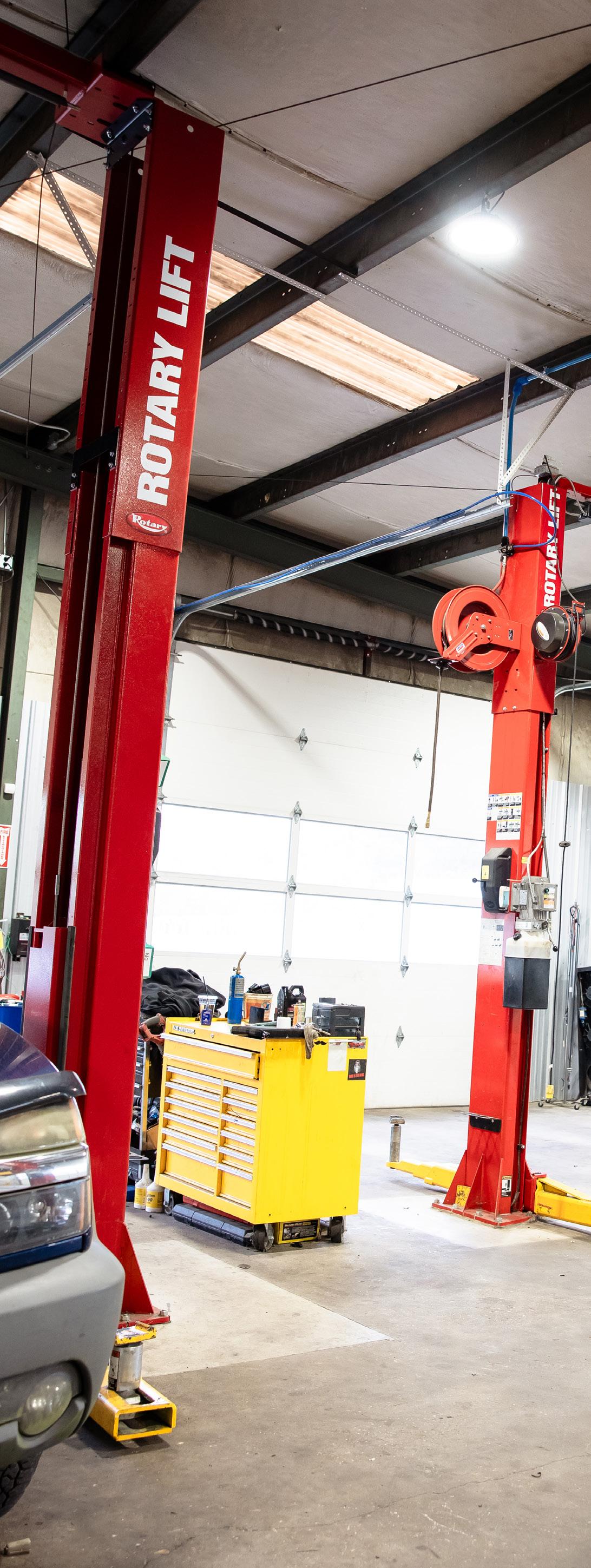
Good documentation means reporting what’s working well in addition to what needs attention, says Jason LaBonte of Legendary Auto & Truck Repair. Combined with a video while the technician conducts a vehicle inspection, it leaves little room for error.

advisor will have to build a quote and then relay that message to the customer. Instead, we’re sending these inspections directly to the customer’s phone.”
He adds that while he does not promote technicians coming out of the service area to talk with customers, he advocates them delivering such a clear message in the videos that it eliminates any confusion about the condition of the vehicle.
“We want the technicians to answer any and all questions and leave nothing on the table, as far as ‘Well, I don’t understand’ because the lack of understanding is going to make people not want to buy essentially,” he adds.
Internally, technicians and shop advisors communicate via Google Chats if diagnostics need clarification. This eliminates both parties from being distracted or pulled off tasks to answer questions, he notes. That’s not to say they never talk, but it streamlines communication and workflow.
“It saves a lot of the service writer walking out in the shop, interrupting the technician, the technician walking up into the office, interrupting the service writer,” LaBonte explains. “The service writer is answering phones. He’s got customers in front of him. He’s got parts being delivered. If a technician comes up and asks him a question and interrupts him, he has to figure out where he was at and get back to doing what he was doing. And same thing with a technician. If a service writer is constantly leaving his post to go out and talk to a technician, he’s interrupting the technicians.”
Similarly, American Pride’s technicians utilize tablets to fill out DVI templates which are then sent to service directors for review. They, too, rely on tablets equipped with WhatsApp chats to disseminate information from one department to another.
Once the diagnostics have been determined and documented, they are passed along to the service advisors for review.
For Legendary Automotive, service advisors use tracking information from the photos and videos sent via text to see how much time the customer dedicated to examining the report. They then follow
With shop owners reporting an average repair above $600 and the average opportunity per vehicle reported at $1,500 or more, there’s room to increase the average sale per vehicle. Here’s a look at the average opportunity per vehicle as noted in the 2025 Ratchet+Wrench Industry Survey Report.
AVERAGE OPPORTUNITY* PER VEHICLE
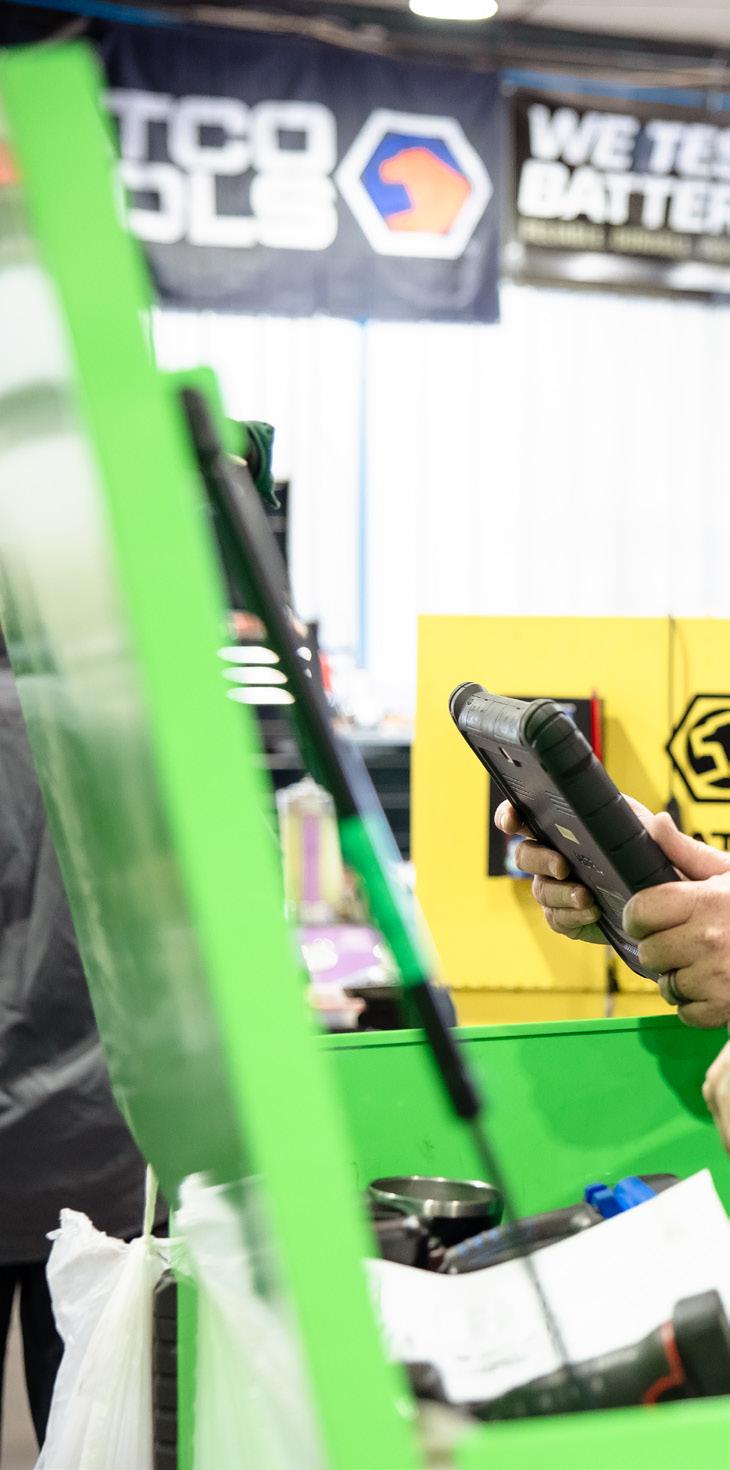



up with a phone call to answer questions and attempt to close the sale.
“I don’t want to come off as though I don’t think a lot of service writers are great with the automotive side of things, but we really need to treat service advisors to what they are—they’re salesmen,” LaBonte says. “They need to focus on sales. They need to focus on the numbers, and they need to focus on the expectation of when the vehicle is going to be ready. They don’t have a lot of the technical knowledge that the technicians do.”
For this reason, Legendary relies on the inspection to paint the picture with the technician’s narrative before the service advisor steps in.
Meanwhile, America Pride takes a different—yet similarly successful—approach. “Our service advisors and our service directors have a multi-screen set up in front of them with an indicator,” says Chris Letendre, client facing training officer for American Pride.
“Once a vehicle has been reviewed, it shows up with a bell and says, ‘your next review is ready to go’. So, all the data they’ve just received now comes up in front of them.”
Letendre says this is where training for advisors really comes into play in teaching client staff how to convert technical jargon into human language, which he terms 80/20 English.
“Eighty percent of our clients know roughly 20% of the current terminology,” he explains. “And if we’re not conveying the information to them in ways they can understand, we’re not really communicating with them, we’re just we’re showing them raw data that they can’t interpret.”
Using AI and internal training, service advisors spend time preparing the report for their client’s review by breaking down the language barrier and converting it into a more digestible, conversational piece. And before it is sent along to the customer, it is reviewed by at least two team members internally. This means either by a second advisor or the store director.
“Whether you’ve been doing this for 10 years or 10 months, every single DVI before we send it to a client, we make sure a second person reviews it first,” Letendre stresses. This is not only to ensure that the information is clear, but that the diagnostics are accurate. After all, Letendre
points out, all the semantics in the world sometimes can’t make up for a misdiagnosed repair or replacement.
He cites a scenario that occurred about six months ago in which the technician determined a vehicle needed some timing components replaced. However, he explains, a breakdown in communication fell short of explaining the age of the vehicle, the condition, and the fact that it had 190,000 miles on it. During the two-man audit of the report, the team determined the vehicle did not need repair work but a complete engine replacement. Unfortunately, the repair information had already been relayed to the customer, who was disappointed in the news, to say least.
“They were so dialed in on it being a repair that when we turned around and said, ‘Actually, the correct way to repair this is going to (cost much more),’ it just blew everything,” Letendre recalls. “There was just no way to correct from there. They became so disappointed that they decided to scrap the whole thing.”
He adds that injecting processes that review exchanges between parties may not eliminate all issues in the relay of information, but it’s a step in the right direction. “Most of the time, we find if there’s ever a fall down—whether it’s front of the house, the back of the house, back to front, front to client—it’s always communication,” he asserts.
And while the best efforts are made to stave off gaps in communication, the inevitable reality is that sometimes things are unclear and other times, they are misunderstood. For times when more explanation is needed on a particular job, the shop foreman will step in to assist, Letendre says.
“Whenever there’s an issue with understanding, let’s say it’s a complex job that requires timing components or internal engine repair, the immediate directive is to go to the shop foreman,” he notes. “Now the shop foreman will break down the repair for the advisor to make sure they understand it.”
For Legendary Automotive, documentation is the backbone of their communication, LaBonte says. If the video inspections, photos, and the narrative they pass along to the service advisors are not clear and do not address all the concerns of a

Every DVI is reviewed by two team members internally before it is sent to a customer for review at American Pride Automotive to ensure clear information and accurate diagnostics.
customer, internal chats via tablets help to keep both technicians and advisors on the same page and on task.
“We’re big on communication. If it’s not written, it didn’t happen,” LaBonte says. “We can’t do the verbal back and forth, so everything gets messaged.”
Through proper documentation, inspection, and following the proper workflow channels, LaBonte notes, the shop has a 100% close ratio with an average repair order between $1,650 and $1,800.
To get everyone on the same page, thorough training is essential, LaBonte says, especially when it comes to new technicians. For new hires and those without DVI experience, a two- or three-week shadowing period of more experienced technicians is mandatory.
Once technicians are turned loose to conduct their own inspections, service advisors keep an eye on reports and make note of missing details.
“I’m using my service advisors to quality control the inspection from the new guy, essentially because they know what to look for,” he says. “If we have a new guy doing inspections and they’re seeing that things that are different, they’ll say, ‘there’s not a lot of good photos. He didn’t take any
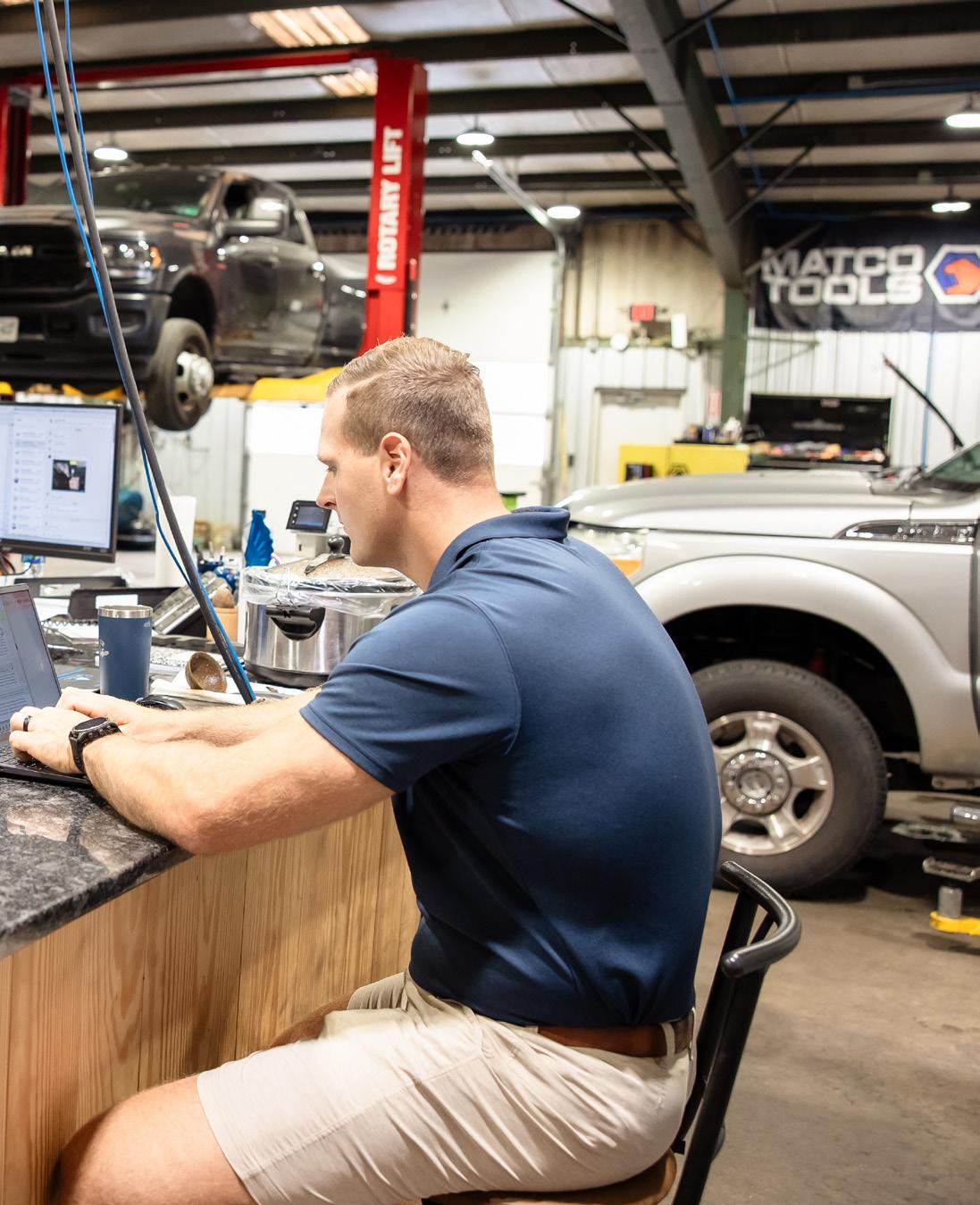
videos. He marked here that there’s a loose ball joint, but there’s no video’. Anything that’s got free play. It needs a video.”
Like American Pride’s chain of command, the shop foreman will also step in to assist in the back and forth between a technician and advisor if necessary.
While shadowing has a long history in learning an occupation, Letendre recommends not just limiting it to the job a new hire will be expected to perform. Instead, he believes technicians should shadow service advisors and vice versa.
“Technicians usually start at a private garage, or they learn from their dad, or they learn with a buddy, and then they go to a trade school, and they become apprentices, and they have a pretty set path of advancement,” he explains. “But at no point along that path does anybody ever say, ‘Hey, you need to see what this other side looks like, so that you can better understand how what you put on paper, what you put on a digital inspection, translates to the front of the business’.”
Conversely, he adds, service advisors should be expected to do the same, even if they worked in a similar role previously.
“Allow those front counter staff to spend a couple of days in the bay before they put them out there, even if they’ve got 15 years in the business,” he encourages owners. “If you’re able to sit in each
other’s seat, wear each other’s shoes for a little bit, it gives them a mutual respect for the role. But you can’t support your teammates if you don’t know what your teammates are doing.”
For technicians who are struggling to communicate, Letendre recommends inviting them to decode one another’s work. He says the process serves as a peer review and allows them to see what’s missing from their own reports that’s hindering information from being delivered to customers.
“They’ll usually come to a self-realization that they’re missing a piece, and they’re able to self-correct once they see it from another person’s perspective,” he says.
And keep in mind that training isn’t just for internal communication. In fact, Letendre points out that even the words you use to explain a job to a customer could have an impact on the success of a sale.
“Training this afternoon is to eliminate the word ‘find’ from everybody’s conversation vocabulary because we discovered when we use the word ‘found’, people imply that we’re looking for things on their car,” he notes. “So, we’re always training even down to word choice and everything else here to make sure our clients are really feeling well taken care of and advocated for.”
With the proper dialogue and conversation tools, Letendre estimates American Pride finds recommendations for clients on 90% of the vehicles that are brought in for service. He says the average opportunity (the average estimate presented to each client along with their DVI) in 2024 was approximately $2,100.
LaBonte agrees whether from a technician or a service advisor, customers must be able to trust the advice they’re given regarding the safety of their vehicle. He adds accountability goes a long way in earning their business.
“You have to have good moral fabric in your in your organization, and integrity and be able to tell the customer, ‘Listen, we stand behind our diagnostic and we stand behind everything we do’,” he says. “It’s a different generation right now for auto repair, so having good communication and training everybody front to back is just super important to being successful in this business.”


Shop management systems are essential to running a smooth operation. Learn how to choose the right one for your business
BY NOAH BROWN
Every shop owner has areas in their business in which they excel, and others in which they have growing edges.
Those that excel know how to play to their strengths and how to compensate for their weaknesses. A good shop management system can turn those weaknesses into strengths and strengths into the calling card for your business.
There’s a wide variety of SMS platforms available to choose from. So how do you choose the right one?
Matthew Wagg is a shop owner in Bennington, Nebraska, and is also a training instructor and business coach for Auto Ignite Management. Starting out as a one-man crew in a home garage in 2015, he’s built his shop into a multi-
million-dollar revenue generator and has eight full-time employees.
He says the choice of an SMS is an important one, especially with the sheer number of options available, but remembering a few key details can make the process a lot simpler.
Wagg says there are five main factors he considers when looking for an SMS. The first is to determine where the platform needs to shine and which areas in your shop would benefit the most.
When he first started out, Wagg says he was the only one working the counter in addition to working on cars, so he needed something that would
help make that part of his job as simple as possible.
“What are the bare requirements you need from an SMS? For me, I needed a way to do invoicing that was easy, that looked nice, and that was going to be efficient,” he says. “I know those are pretty basic, standard things, but back then, that’s what I really needed.”
Second is user interface. Wagg says having a system that can handle scheduling as well as a calendar that displays upcoming jobs and appointments helps the customer service experience run smoothly.
Jared McPike, co-owner of inMOTION Auto Care in Lincoln, Nebraska, agrees and says it’s essential that
of shops rely on an electronic management system to assist in the shop’s day-to-day operations, according to the 2025 Ratchet+Wrench Industry Survey.
any external-facing part of your shop management system, such as a scheduler that customers interact with, be as seamless and user-friendly as possible. Finding a platform that has texting capabilities with customers is a bonus, but really anything that allows for hassle-free communication is a must.
“Every customer just wants to be communicated with. That’s usually the number-one complaint I see in the business: ‘They didn’t communicate with me properly’,” McPike says. “If you’re not doing what the customer (wants), what the public wants, they’re probably not going to stick with you very long because somebody else is doing it. There’s another shop a mile down the road that is keeping up with technology and doing it. Nobody’s got time for any less.”
Third, look for an SMS that can handle part ordering. And not just the ordering process itself, but how an SMS integrates with suppliers.
“One of the biggest slowdowns I find in a shop is if we’re having to call multiple vendors to figure out where parts are,” Wagg says. “It’s just a huge waste of time, in my opinion, with the technology we’ve got. I wanted a shop management system that would integrate that parts company in to let me shop amongst the vendors that I utilize.”
Building on vendor integration, Wagg says it’s also important to ask SMS providers what other integrations they have available with outside technology companies. With how quickly technology has evolved in the last couple of years, it’s become much easier for tech companies to specialize in one specific area.
From digital vehicle inspection and scheduling companies to CRM systems and part inventory companies, Wagg says it’s difficult for SMS platforms to keep up with everything. “If you’re good
at shop management systems, stay good at them,” he says. “Don’t try to get into everybody else’s lane.”
And finally, Wagg says it’s crucial to see what an SMS platform’s backup plan is should there be an issue with their servers. A lot of SMS platforms are going to a cloud-based model, which requires internet access and is dependent on external servers; while that makes them more efficient to use, it also makes them more susceptible to outages.
“If that goes down for some reason because when it goes down, your world comes to a stop. I would want to know what things they have and what safeguards they have in place for when that happens and how do they communicate that to you when it happens rather than just finding out on your own,” Wagg says. “Because with technology, it’s not if it goes down, it’s when it goes down.”
McPike says it can be overwhelming to get started. With so many options available that all have their own strengths and drawbacks, it can be a tough decision. However, it’s not one that you need to make alone.
“Trade shows are essential. They have all the vendors there that can show you their product and everything that it does,” McPike says. “I would also highly recommend being in some kind of coaching group. You’ve got to do something where you’re surrounding yourself with other professionals in your field. Because if you’re just in an isolated box by yourself, getting no help and no ideas from anybody else, then you’re really failing your team that you’re in charge of.”
And though whichever SMS you go with may promise instant results, McPike says it’s important to remember that it may take a few months before you start truly seeing the benefits.
Once implemented, though, the right system can make a world of difference.
“Whenever you’re talking about implementing new technology into your shop management system, it’s always, always the goal to have happier customers,” he says. “If you have happier customers, better communication with the customers, everyone’s going to be making more money, and everyone’s going to be happier.”
Looking to pare down your options when it comes to a reliable SMS? Evaluate what matters most to you and rely on these five factors to point you in the right direction.
1. Determine what you need from an SMS. Where does your system need to shine and which areas of your shop would benefit the most?
2. Make sure it’s userfriendly for customers. Components such as calendars and scheduling should be intuitive and easy to navigate.
3. Integrate part ordering into the system. Build a seamless conversation with suppliers to save time on figuring out where parts are and when they will be delivered.
4. Bring vendors into the fold. Inviting tech companies to collaborate will help to bring all of your systems into one centralized location for a more streamlined operation.
5. Study the backup system. While cloud-based systems are convenient to ensure information is accessible in more than one location, it also relies on internet access, which could be susceptible to outages. Inquire whether there is a Plan B to retrieve data when conditions are less than stellar for accessing valuable data.






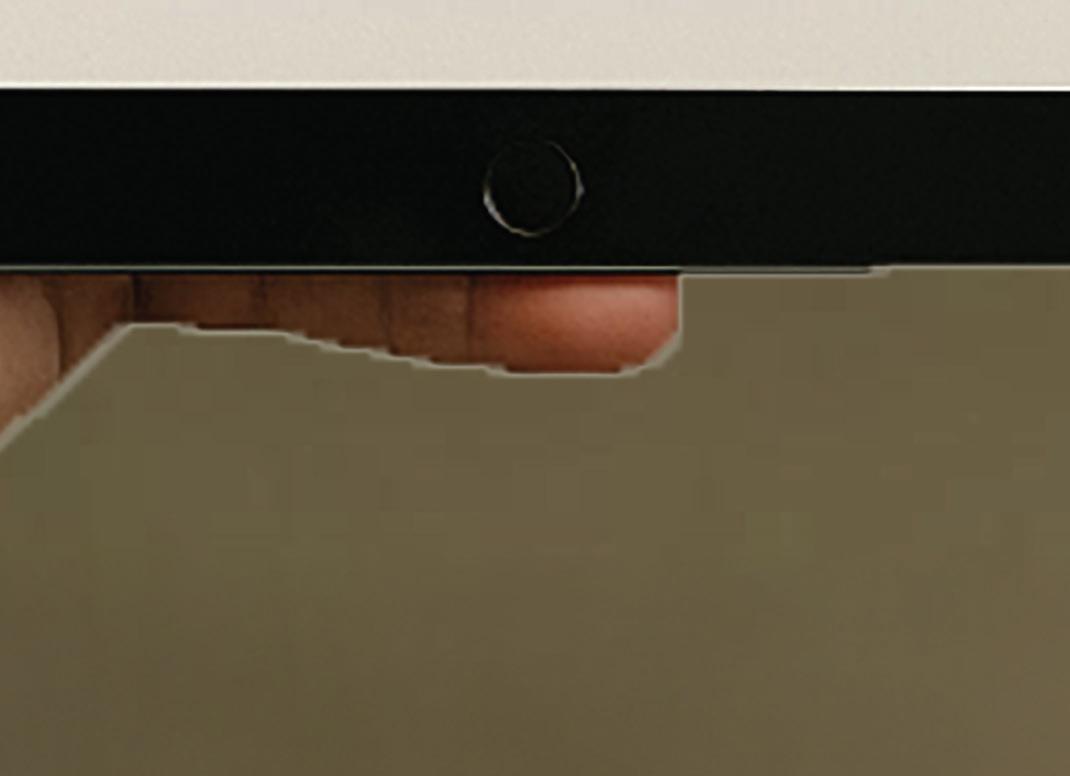




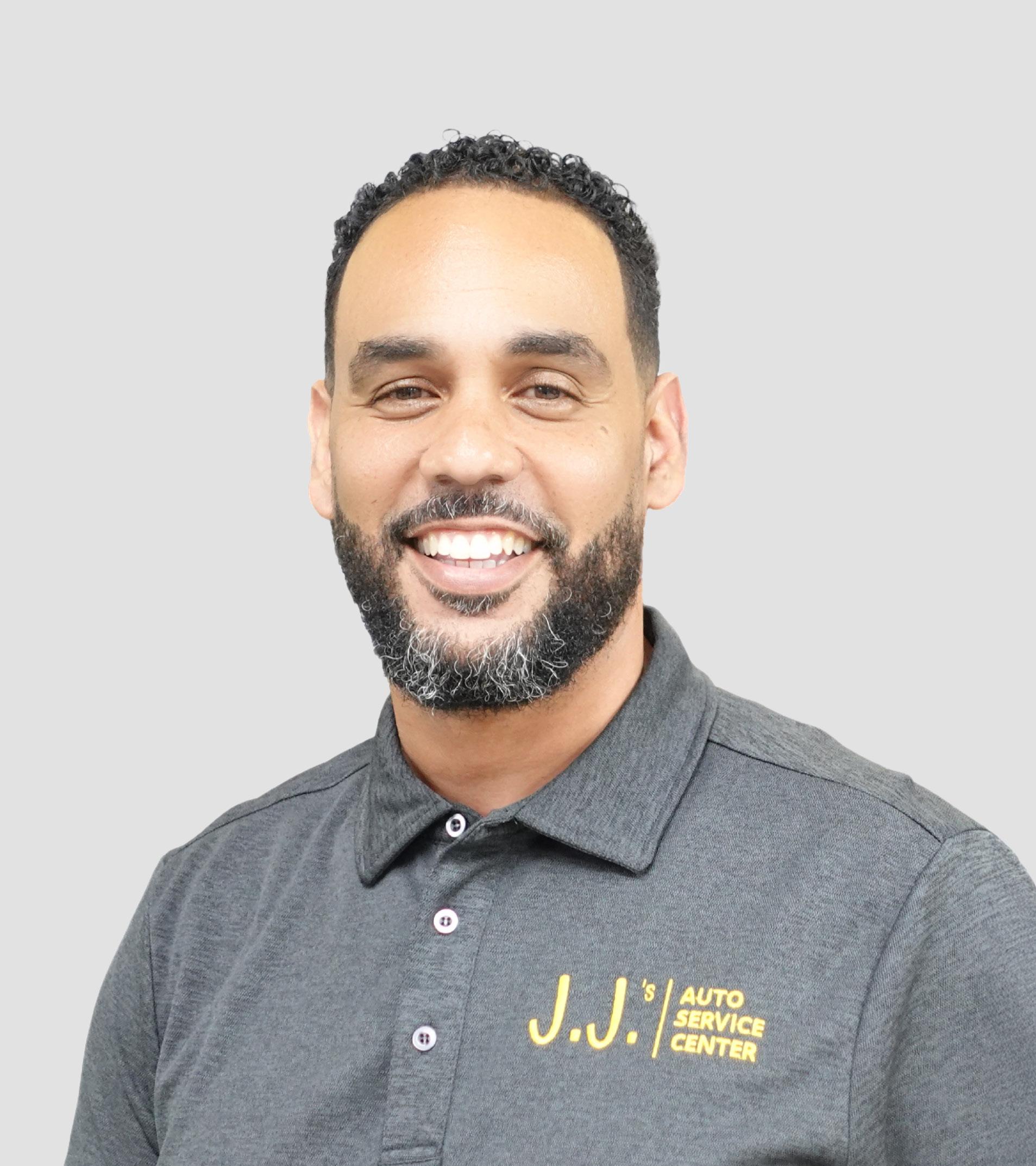
The secret to relieving stress and adding to your bottom line could be as simple as opening your CRM
BY TESS OWINGS
Why are you spending time and energy on someone who will have no impact on your bottom line?
For many shop owners, including J.J. Mont, this is a lesson that takes time. Many believe that all business is good business, and they want every customer who walks through the door. However, not all customers are created equal and there’s definitely such a thing as an ideal customer. For Mont, his ideal customer is the top 10% of income makers within a three-mile radius of his shop, J.J.’s Auto Service in Waldorf, Maryland. The customers
that he wants are all focused on prioritizing safety and aren’t overly concerned about the price. Sounds amazing, doesn’t it? It’s the dream situation. Mont learned that it didn’t have to just be a dream. Attracting that customer and making it 80% of his customer base could become a reality. Here’s how he did it.
Mont opened his shop in January of 2020 with zero customers. Although he began making a name for himself and was doing well, the business wasn’t growing as he had hoped.
In 2023, he was introduced to Todd Hayes at Autoshop Answers and the concept of key-to-key. Mont says after that, everything took off for him—including marketing to his ideal customer.
In the beginning, Mont tried to do everything himself. He rationalized that if he could figure out how to do it, why waste money?
For marketing, Mont had a budget of $500 per month for Google Ads. He was targeting anyone and there was no rhyme or reason behind it. Because of that, he’d often get customers that weren’t ideal or would take advantage of his free diagnostics and end up taking their vehicles somewhere cheaper. Not only was it frustrating, but it was taking time and resources without any benefits for the shop.
“I tried to own every part of the business,” Mont says. “I was doing bookkeeping, HR, payroll, advertising. The business wasn’t stagnant, but it wasn’t experiencing the growth that it should have if I got professionals to take it off my plate.”
Mont’s meeting with Hayes opened his eyes to the fact that he needed assistance with certain areas of the business, such as marketing. He teamed up with Philip Tringali, owner of Echo Advertising, who uses Mont’s CRM to pinpoint his ideal customers and then markets directly to them (For tips on how to do this, check out “Unlocking Your CRM”).
“We’re way more targeted in marketing,” Mont says. “This is what Phil does, all he does is dial in.”
Tringali extracts all the information he needs from the CRM, including the customers that are spending the most as well as those that are coming in most frequently. Next, he identifies where they live so he can market directly toward them and send special offers to the most valued customers to keep them engaged. He also uses the CRM to generate Vehicles and Services Popularity Reports, which reveal the most popular vehicles and services at a particular time. From
those, Tringali creates campaigns to cater to specific customers. For example, if brakes on Honda Accords come up as one of the most popular jobs, they can run a special on that to bring customers in.
“He can get the mailers in front of the right people, he can get the phones ringing,” Mont says.
However, it’s still up to Mont and his team to convert the caller and earn a customer for life. It’s a team effort, from start to finish.
Initially, Mont’s marketing tactic of marketing to everyone added little to his bottom line. “That’s not what you want to do,” Mont says.
He explains that since 2023, the shop has seen tremendous growth due to a combination of things, including delegating marketing to an outside source. When the shop opened, they were doing roughly $150,000 in sales per month. Now, the shop is on track to hit $5 million and had its best month to date in August with $502,000 per month.
With more targeted marketing and mailers that are sent to specific neighborhoods based on clusters of ideal customers that Tringali has helped to identify, it’s a winning combination with a more defined focus. The shop still helps everyone that comes in the door, but now he sees roughly 80% of his ideal customer.
For those who see themselves in Mont and try to wear all the hats, he advises shop owners to stay in their lane.
“It’s a crutch getting in the way,” Mont cautions.
Admitting you don’t know what you’re doing and letting someone else handle a portion of your business may seem like admitting defeat or a large expense in the beginning, but if you get someone who knows what they’re doing and is reputable, it can pay for itself tenfold.
“He’s a pro, I’m not. I can’t waste my time and energy with something that’s not in my lane. It’s about having the right people in the right place.”
PHILIP TRINGALI, OWNER OF ECHO ADVERTISING, has helped shop owners like J.J. Mont, owner of J.J.’s Auto Service in Waldorf, Maryland, target their ideal customers by pulling information from their CRM.
“THE LAST THING YOU WANT TO DO IS FIGHT FOR SALES WITH CUSTOMERS THAT CAN’T AFFORD YOUR SERVICES,”
Tringali says of the importance of finding an ideal client. Tringali shares a few of his tips.
1. CRMs contain all the information you need to identify your shop’s ideal customer.
2. Although there are some exceptions to this rule based on a shop’s location, most should be targeting customers within three miles of their shop.
3. Your ideal customers are the ones that are spending the most and visiting the most often—and that’s who you should be marketing to.
4. When it comes to customer demographics, keep it simple—income level and ease of access to the shop are the recipe for success.
5. Once ideal customers are identified, use the addresses of those customers to create clusters to send mailers.
6. Cater your marketing to vehicles and services that are popular amongst your top customers.
7. Let your best customers know that you appreciate them by sending offers that will keep them engaged.
With a technician shortage and increasing consolidation, independent auto repair shops are uniquely positioned to capitalize on their strengths by emphasizing personal relationships, focusing on profitable niches, and making strategic investments for future success
BY R. “DUTCH” SILVERSTEIN
In 1997, a book titled “The Perfect Storm: A True Story of Men Against the Sea” was published. It tells the story of a rare, near perfect confluence of events that led up to a tragedy at sea.
We’re facing our own confluence of events in our trade, and unlike the tragic outcome for the characters in the book and the movie that followed, the effects represent an opportunity for entrepreneurship and growth for the relationshipbased independent auto repair shop. I haven’t seen this level of opportunity in almost 50 years of turning wrenches.
The reasons I believe we are on the cusp of the greatest opportunity for growth in our trade, has its genesis with the technician shortage, shop owner retirements, and the resultant closure of many shops, consolidations, private equity firms, and scarcity. Let’s review some relevant information.
TechForce Foundation. This research and training nonprofit reported that nearly 50% of automotive technicians could retire by 2030. In its 2022 supply and demand report, TechForce noted a decades-long technician shortage, although recent graduate numbers show a slight uptick. The foundation found that the number of technicians increased by 13% between 2020 and 2023, but demand still outstrips supply.
Bureau of Labor Statistics. The BLS projected about 70,000 job openings for automotive service technicians and mechanics each year between 2022 and 2032. A substantial portion of these openings are created by the need to replace retiring workers.
Motor.com (2023). This outfit cited data showing the average age of an automotive technician is 40.2 years, with 49% of the workforce being older than that.
Various sources cite that up to 17% of current shop owners have no plans to sell their shop when they retire, and they will simply close it down (as I did). Those who choose to sell are typically doing so
in a buyer’s market. This can lead to consolidation where larger entities—including franchise networks—acquire these businesses. We see this happening in the body-shop side of our industry where several large players have bought competing shops and consolidated operations.
Private equity-backed investment has fueled the expansion of large multistore operations like Caliber Collision, Driven Brands (owner of Meineke and Maaco), and Crash Champions. These large chains now control a significant portion of the market.
And it’s not just private equity firms that stand to benefit; independent franchise operations will likely see an increase as well.
Franchise growth. “The automotive service franchise industry has shown strong growth, with a 1.2% compound annual growth rate in the average number of units between 2021 and 2023 reaching 18,000 units,” the International Franchise Association reports. Major franchise brands continue to expand and dominate the market.
It is against this backdrop of ever-expanding volume-based transactional business that opportunity presents itself for the independent auto repair shop whose focus is on building a relationship with their clients and offering real value. It’s no secret that the overwhelming majority of volume-based auto repair businesses do not enjoy a good reputation of customer satisfaction with the general public. Even a cursory glance of the reviews of larger automotive chains reveals ratings that typically range between three and four stars. The business model is predicated on being competent, not good. Employing superstars is antithetical to scaling the business for growth as there simply aren’t enough of them, especially now.
So what can the independent shop do to create a distinction with a difference in the marketplace?
Play to your strengths:
• Highlight relationships. As independent shops, we can emphasize the personal relationships we build with customers and employees, which private equity firms cannot replicate.
• Specialize in profitable services. As owners, we can learn from private equity firms to focus on profitability by identifying and doubling down on our most profitable offerings. Don’t try to be everything to everyone.
• Invest strategically. By reinvesting profits back into our business, we can keep up with the changing technology and need for training.

R. “Dutch” Silverstein, who earned his Accredited Automotive Manager Certificate from AMI, owns and operates A&M Auto Service, a seven bay, eight lift shop in Pineville, North Carolina. Dutch was a captain for a major airline earning type ratings in a variety of aircraft including the Boeing 767/757, 737, 200, 300 and 400 series, Airbus 319/320/321, McDonnell Douglas MD80/DC9 and Fokker FK-28 mk 4000 and 1000. After medically retiring, he transitioned his parttime auto repair business into a full-time occupation.
dutch@dutchsgarage.com

Transform Your Business with Advanced Automotive Training
We have not just enhanced, but mastered, the concept of car repair. With monthly revenue figures over $1 million, our system guarantees exceptional customer service and unprecedented sales numbers.

DECEMBER 20-21
JANUARY 17-18
FEBRUARY 21-22

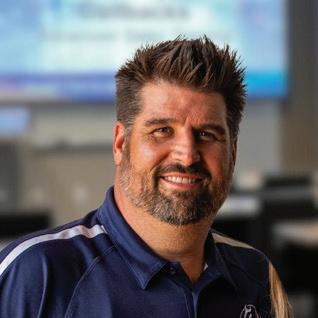

Tire City & Automotive Center Montgomery, Alabama
“This has relit my passion for my business, which is changing my family, changing my employees, and better off changing my bank account.”

J.J.’s Auto Service Center Waldorf, Maryland
“Really changed my life. Back in November of 2023, we were roughly doing about $151,000 a month. And in just 9 months, we actually doubled our revenue.”
A full day of learning the new AI tools being used in our shops. Spend the day in a deep dive with the industry’s best teachers of AI. This class will elevate your shop to new heights!

ACCOUNTING
“If you’re not counting your money, someone else is.”
Financial / P&L Statements Budgeting, Projections & Forecasting
Inventory Management Fraud & Embezzlement Plus so much more!


SCAN TO REGISTER FOR THE NEXT COURSE











